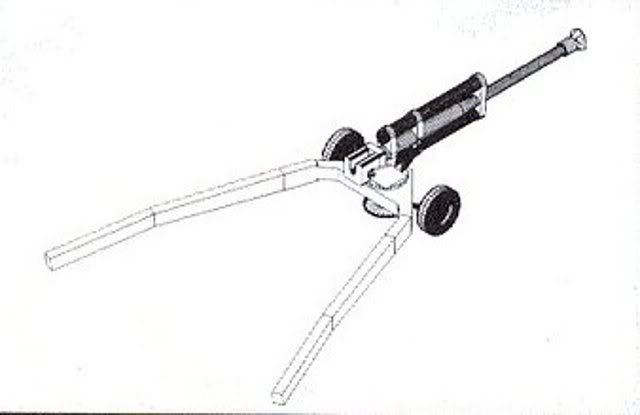Igualmente, quiero destacar la siguiente información:
- Alcance con la munición del M56: 17 km
- Alcance con culote hueco: 20 km.
- Aptitud para disparar munición ATAN :sifone:
- Cadencia de tiro sostenida: 9 DPM
- Peso: 1.850 kg.
Tendria las mismas caracteristicas que un L119 o M119A1, peso, alcance, solo la cadencia seria distinta el Light gun es de 5 DPM
Por favor la foto:drool5:
Saludos








 .
. .
.